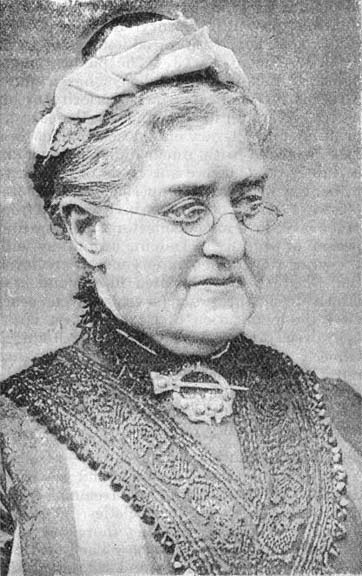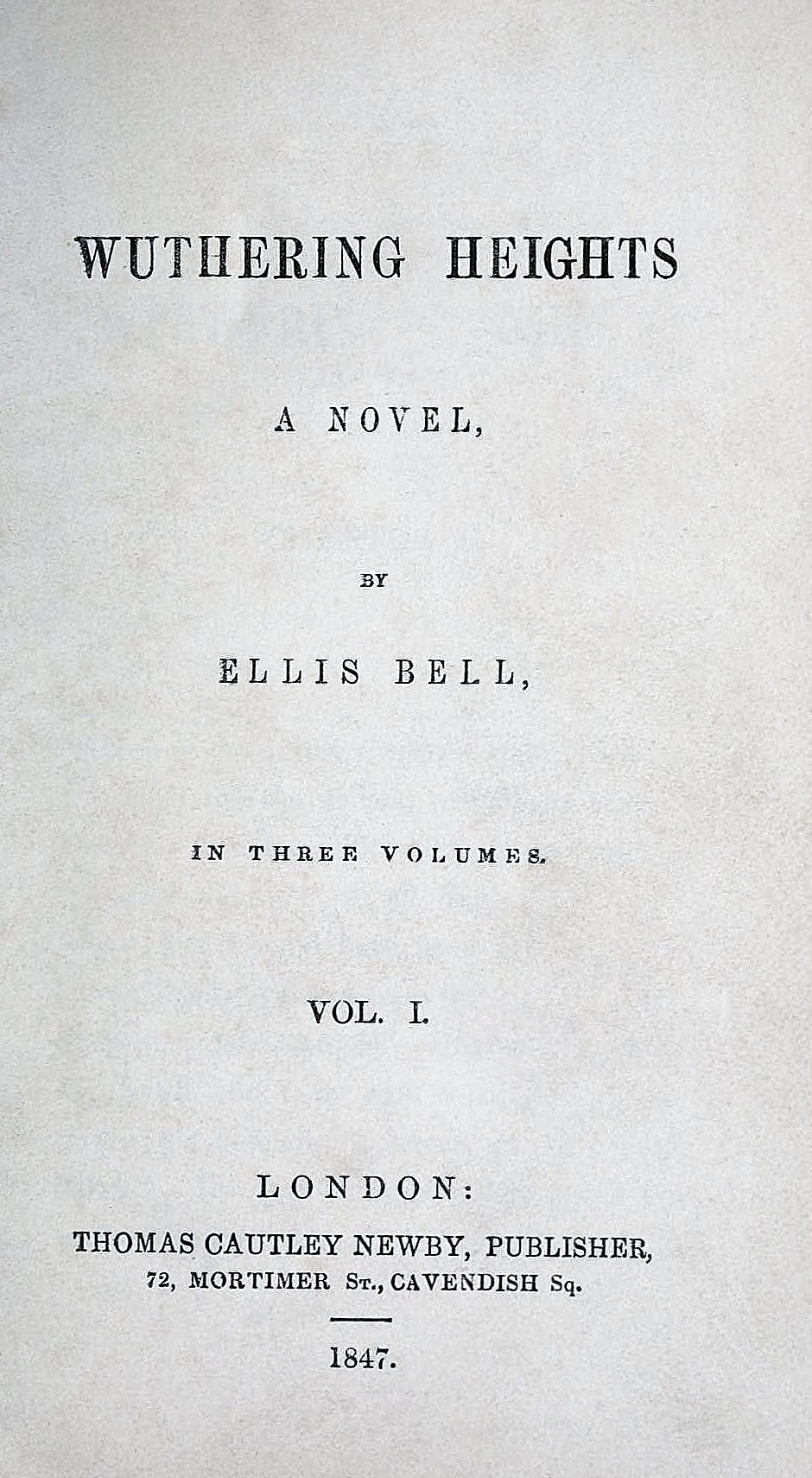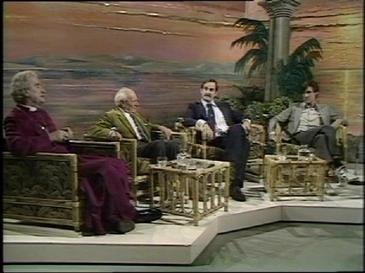| Source: Wikipedia |
I was particularly struck by an article in this week's Times Higher Education: ‘Through the eyes of others’ (27 Oct–2 Nov 2011). It asked what the positives and pitfalls are of ‘crossing over’ as a life writer, of writing the life of a differently-gendered subject. Can a woman write the life of a man, and vice versa?
The article’s author, Matthew Reisz, surveyed the opinions of various biographers. Many argued for the neutrality of the biographer-subject relationship. For Frances Spalding, gender should present no obstacle: “the notion that certain subjects should be barred to certain people is abhorrent.” For Miranda Seymour, the biographer must adopt the imaginative stance of the fiction writer and “write about either sex with equal empathy and confidence.”
None of the biographers surveyed came out in favour of gender-limited subject choices -- none argued that women should stick to women, and that men should stick to men. Indeed, the benefits of ‘crossing over’ were vehemently defended. Rather than life-writing seeking to transcend the biases and perspectives of gender, to approach all subjects from a position of neutrality, Jane Ridley celebrated the insights afforded by gender difference. She rejected the notion that biographers must “unsex themselves”. Choosing instead to embrace and exploit the gender divide in her own work, emphasising the lives of women in male-dominated spheres and claiming a privileged, yet decidedly gendered view: “As a woman I am more detached, and I hope that I can combine sympathy with salty scepticism.”
In current life-writing theory, much is made of the relationship between the life of the subject (whether biographical or autobiographical) and the lives of others. Theorists have sought to understand how encounters and interactions with relatives, friends and passing strangers impact upon our self-understanding(s). Recent work has also stressed the relationship between different versions of the same life, between different life narratives in successive biographical texts (and I count myself among this number; you can read my article on the different literary ‘portraits’ of Vita Sackville-West here). But we haven’t fully investigated the relationship between biographer and subject, nor the significance of those threads that connect and separate (such as gender, but also race, ethnicity, sexuality, etc). To what extent does the biographer-subject relationship, real or empathetically imagined, gendered or otherwise, function as a ‘script’ that shapes and forms the resulting narrative?
 |
| Eliza Lynn Linton Source: Victorian Web |
‘Crossing over’ in life-writing has been something of a hot topic this week. It has also been brought to my attention by the recent arrival through the post of Eliza Lynn Linton’s ‘autobiography in drag’, the gender-bending The Autobiography of Christopher Kirkland (first published in 1885; reissued in 2011 by Victorian Secrets). Though we are unlikely now to be surprised by a nineteenth-century woman writer adopting a male pseudonym, there is something distinctly ‘queer’ about this case.
Linton did not require a male pen-name to facilitate her entrance into the literary public sphere; she was already a well-known writer in her own right, and in her own name. Rather, the shift in gender enables (and mitigates) a rather frank revelation of lesbianism. I’m looking forward to reading this book over the coming weeks, and I’ll be keen to see whether Linton’s “literary transvestism” (as it is described on the back cover) is truly liberating. Will the adoption of a male persona restrict Linton’s narrative in other ways? Will it require a certain performance in terms of plot and gendered speaking posture? I guess I’ll have to get reading…




